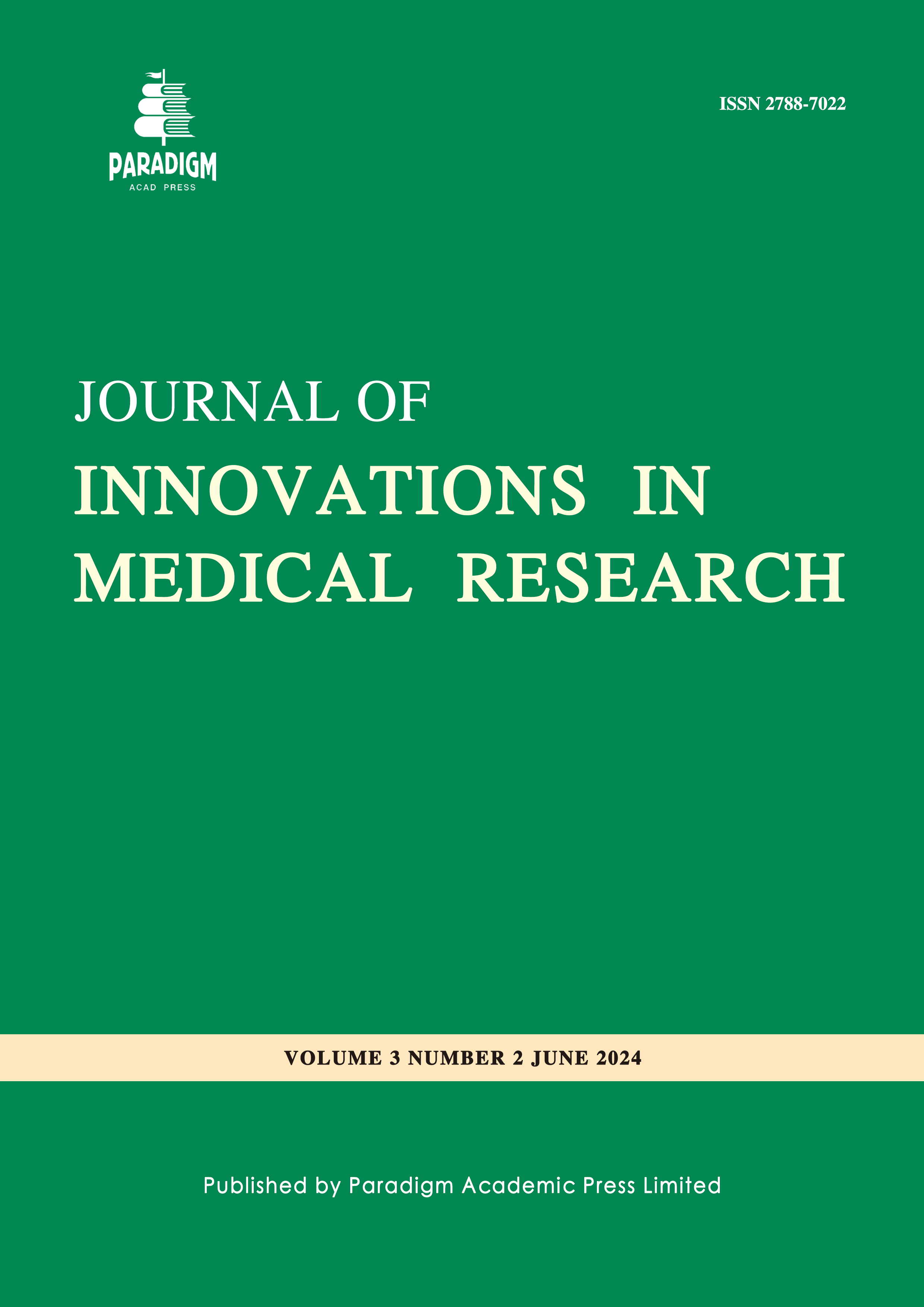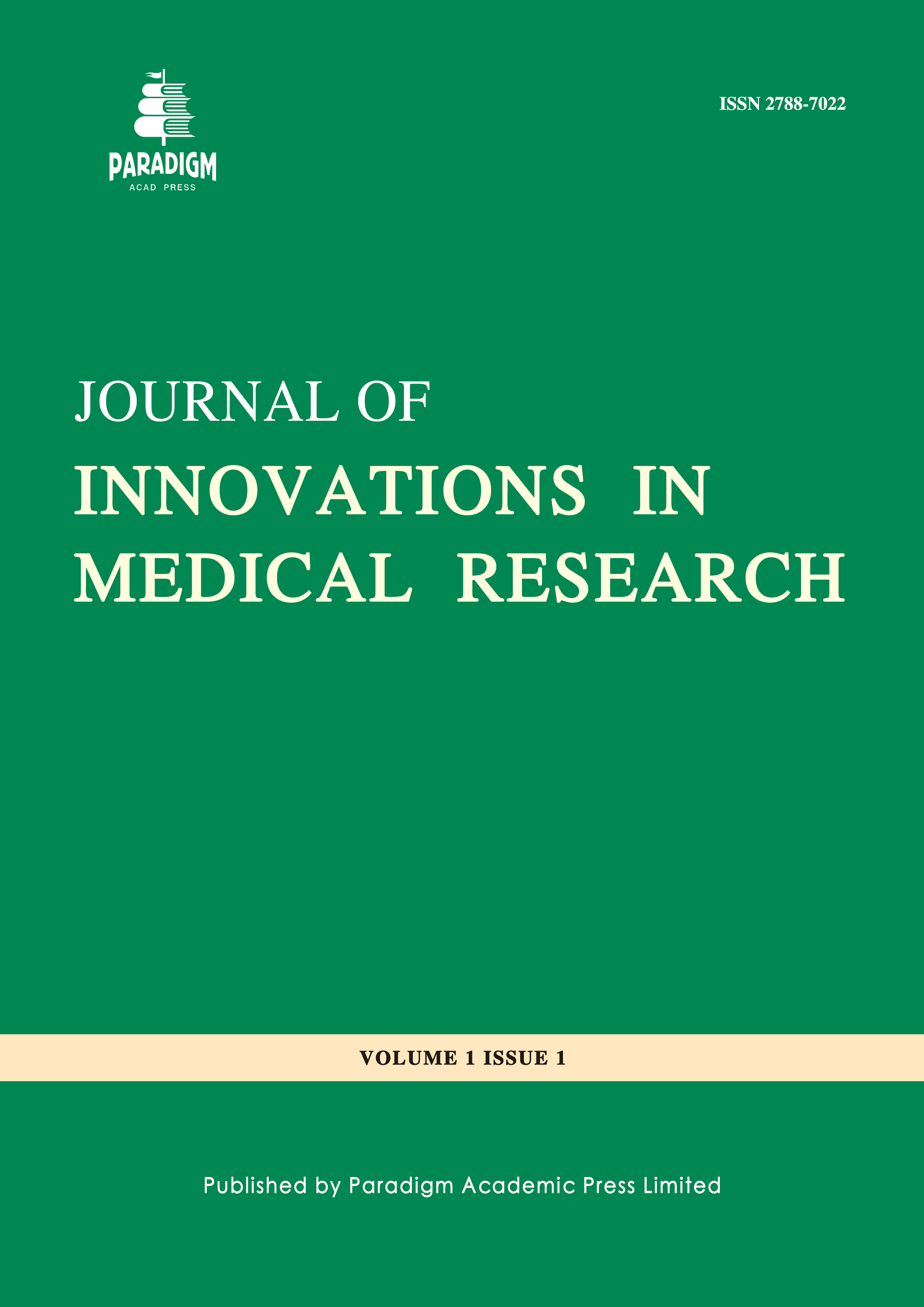Peroxisome Proliferator-Activated Receptor γ (PPAR γ): A Systemic Insulin Sensitizer Associated with Decreased Risk of Type 2 Diabetes
Keywords:
diabetes, PPARγ, nuclear receptor, regulation differentiationAbstract
The peroxisome proliferator-activated receptors (PPARs) are three members of the nuclear receptor prearranged by separate genes as PPARα, PPARβ/δ, and PPARγ that differ in tissue distribution and specific function. PPARγ is a nuclear receptor highly expressed in the colon, and plays a key role in bacterial induced inflammation. It is a mediator of adipocyte differentiation that regulates transcription of several genes involved in fatty acid and energy metabolism. It is known as the glitazone reverse insulin resistance receptor or nuclear receptor subfamily 1, group C, member 3 (NR1C3). It is activated by anti-diabetic Thiazolidinedione (TZD) drugs and is used as insulin sensitizers and also a favorite option for the treatment of T2D patients. It is used as monotherapy or in combination with other oral hypoglycaemic agents, which are generally safe and well-tolerated. The aim of this mini review is to discuss the potential roles of PPARγ for the prevention and treatment of T2D.



